Antifreeze & coolant is critical to proper engine operation. Vehicle owners usually understand the importance of keeping their coolant reservoir full, but it’s often overlooked when performing preventative maintenance. One reason may be that they don’t realize the importance of a properly functioning cooling system for maximum engine performance. Another reason is the confusion surrounding the different “colors” of coolants on the market and potential problems when mixing incompatible coolants.
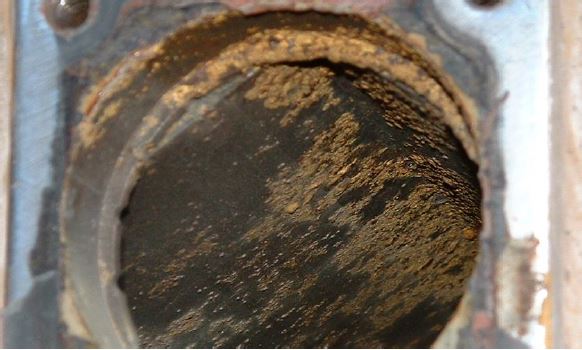
What is Antifreeze & Coolant?
Like motor oil, antifreeze & coolant consists of a base component mixed with additives. The base, either ethylene glycol (EG) or propylene glycol (PG), helps regulate engine temperature, lowering the freeze point of water to protect the engine during winter while raising the boiling point of water to help prevent engine overheating in the summer. It must first be mixed with distilled or high-purity water (usually 50/50), either by the antifreeze manufacturer or the consumer, before it goes into the vehicle’s radiator.
- Ethylene Glycol is the more common of the two. Compared to PG at a similar mix ratio, it offers a slightly better freeze point and heat-transfer ability. Plus, it’s less expensive.
- Propylene Glycol is biodegradable and features low toxicity, making it safer for use around children, pets and wildlife. Some racetracks and off-road parks require PG formulations.
Antifreeze & coolant must provide more than just freeze and boil protection. It also must guard against corrosion, cavitation, scaling and additive drop-out, and it’s up to the additives to achieve these tasks. There are three essential categories of additives, and any of them can be blended with the two glycols mentioned above.
Why Can’t I Just Use Water?
Because water boils at 212°F (100°C) and freezes at 32°F (0°C), it doesn’t have the temperature range to provide boil-over protection for normal engine operating temperatures or freeze protection fir normal winter temperatures.
However, mixing water 50/50 with antifreeze raises boil-over protection to around 265°F (129°C) and lowers freeze protection down to around -34°F (-37°C). Interestingly, the freeze point of straight antifreeze is only about 0°F (-18°C), underscoring the importance of mixing it with distilled or high-purity water.
Not only does antifreeze keep your engine’s temperature in check, it also provides the following benefits:
- Protects against corrosion that damages metal components
- Protects against scaling that interferes with heat transfer
- Protects against cavitation and pitting that damages cylinder liners (heavy-duty applications)
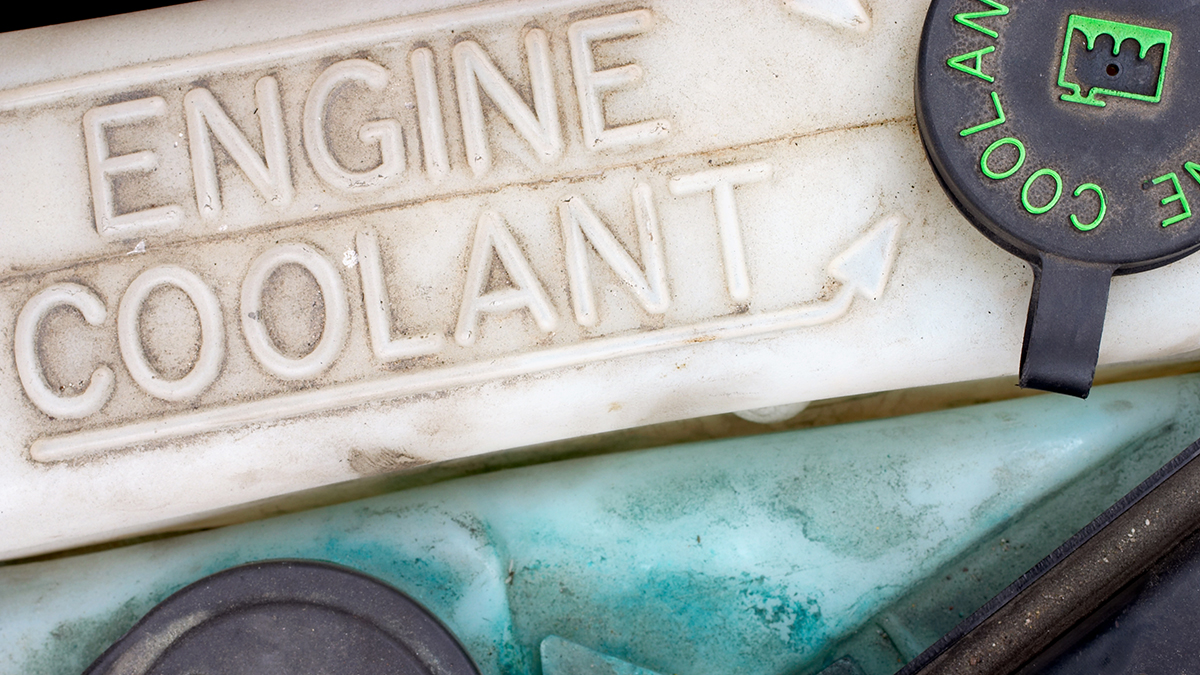

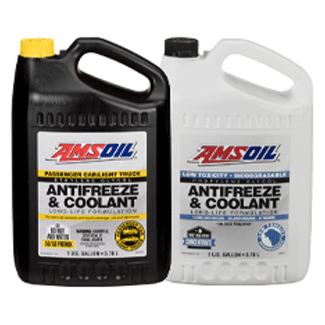
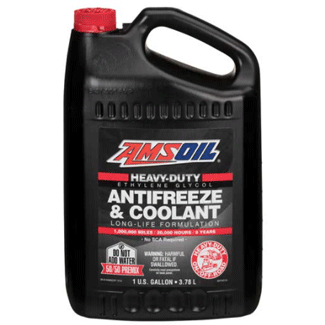

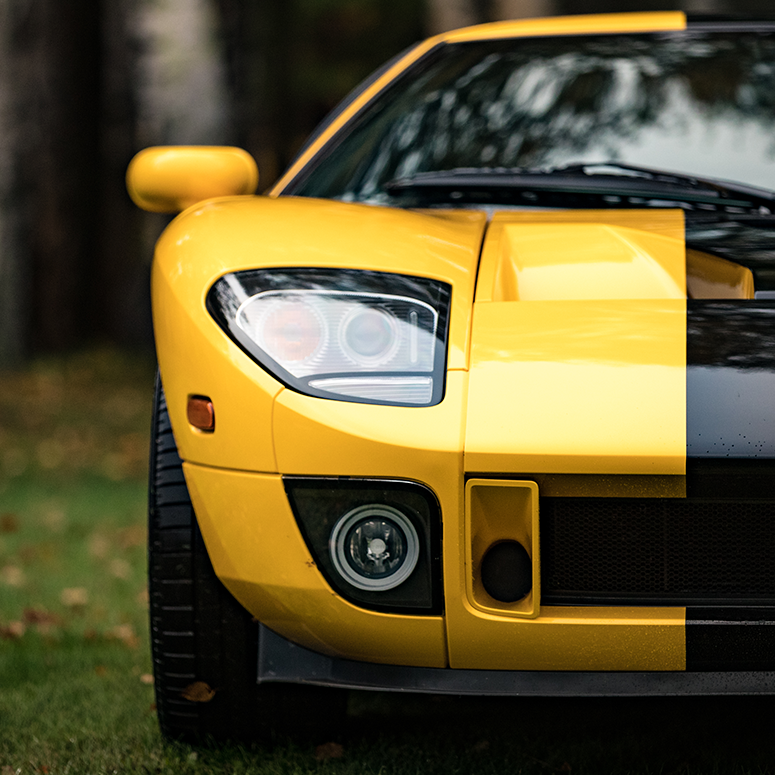
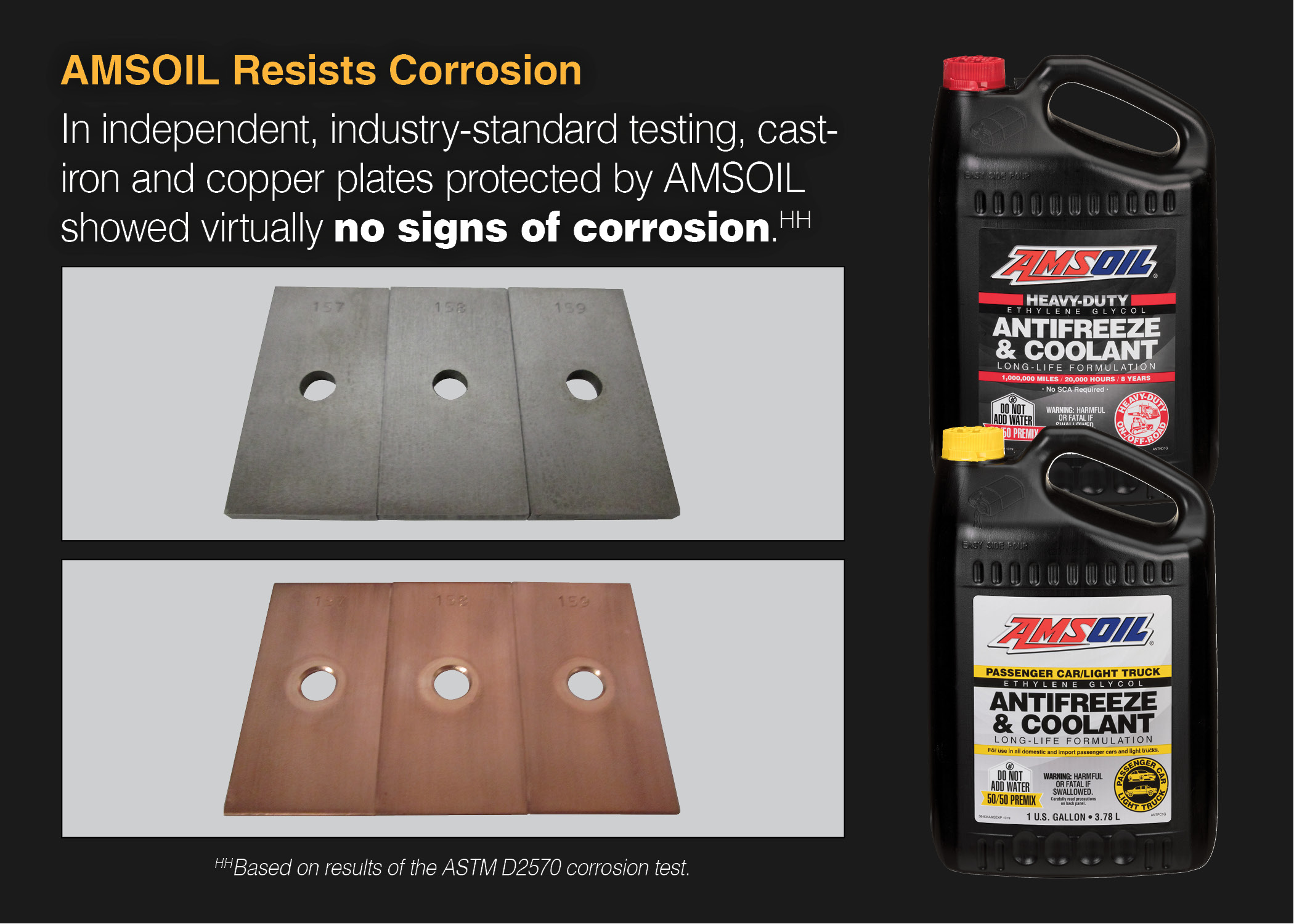
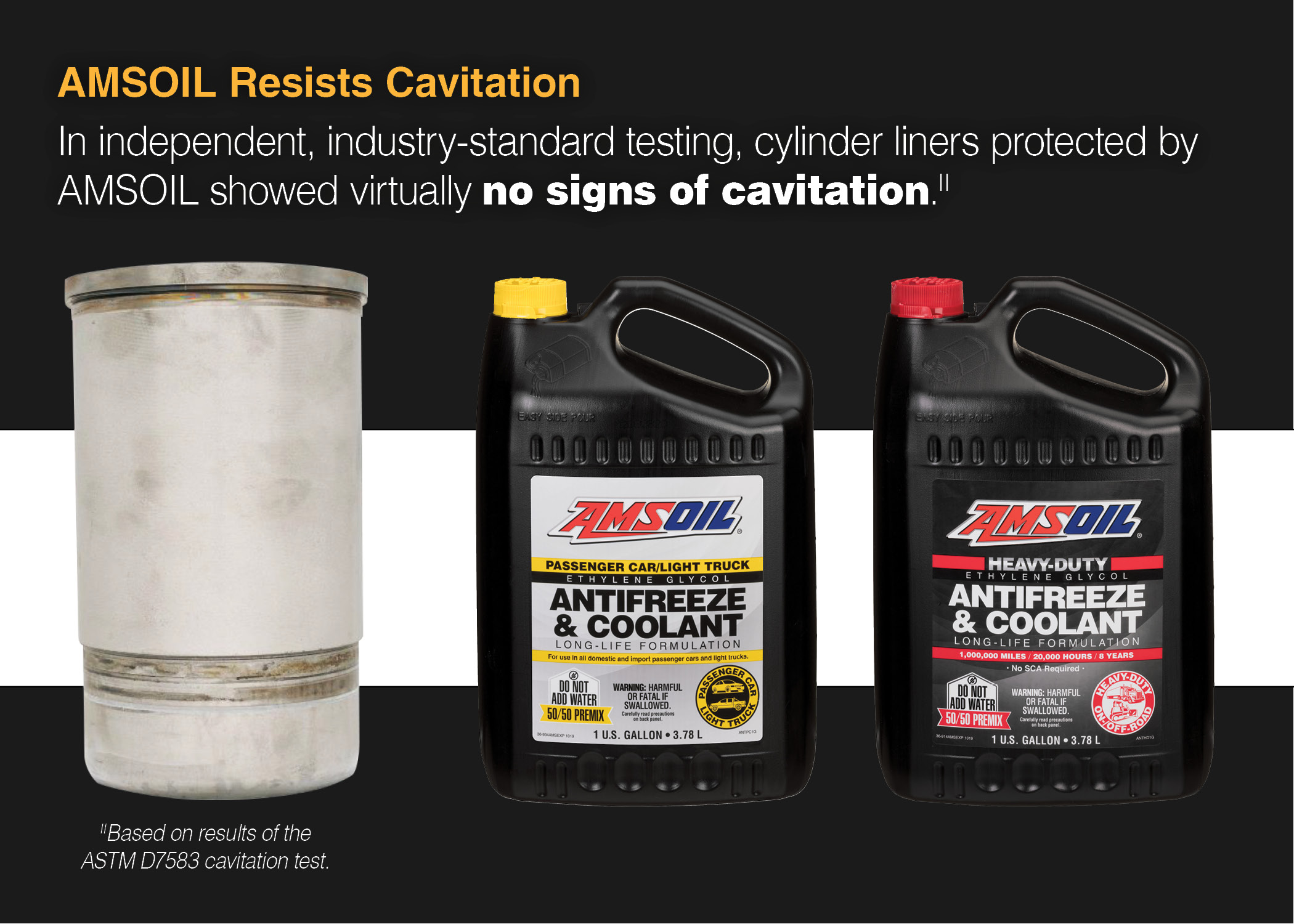
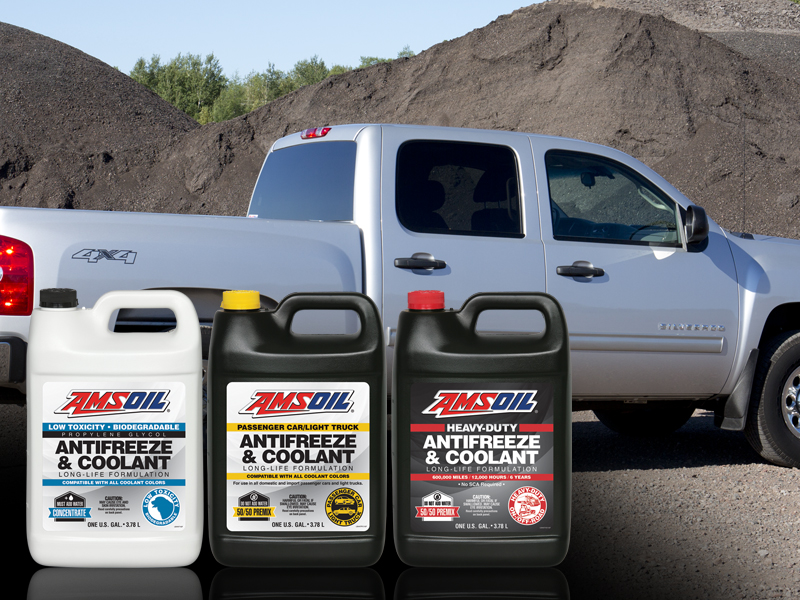
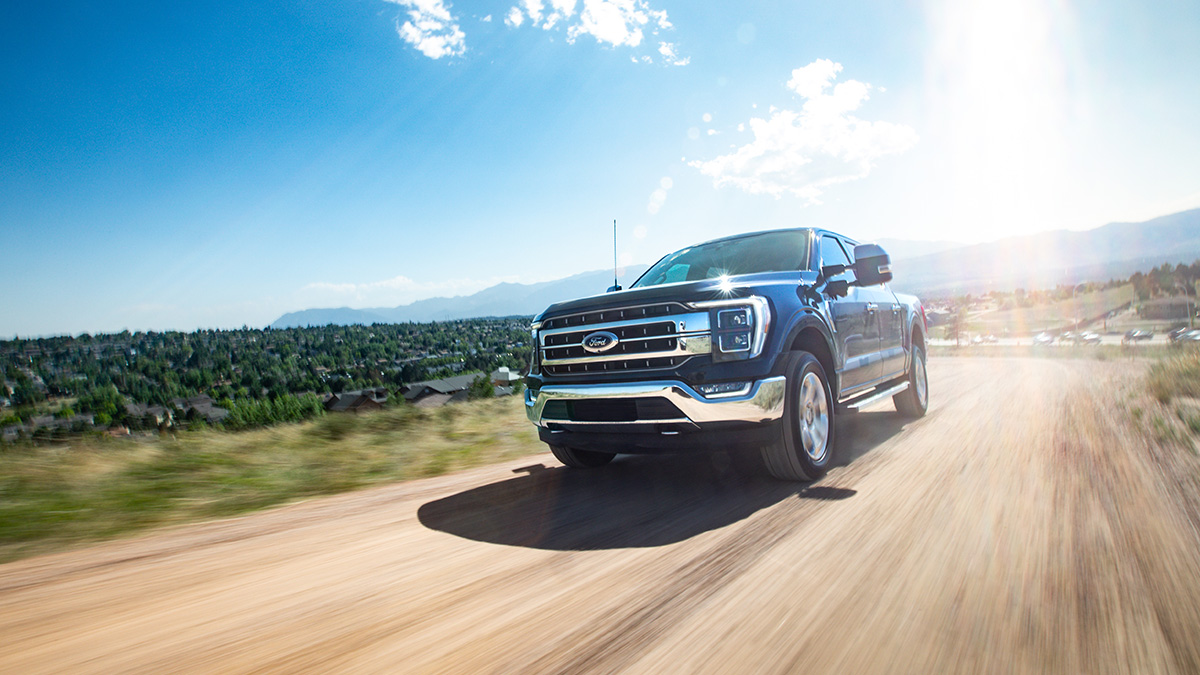
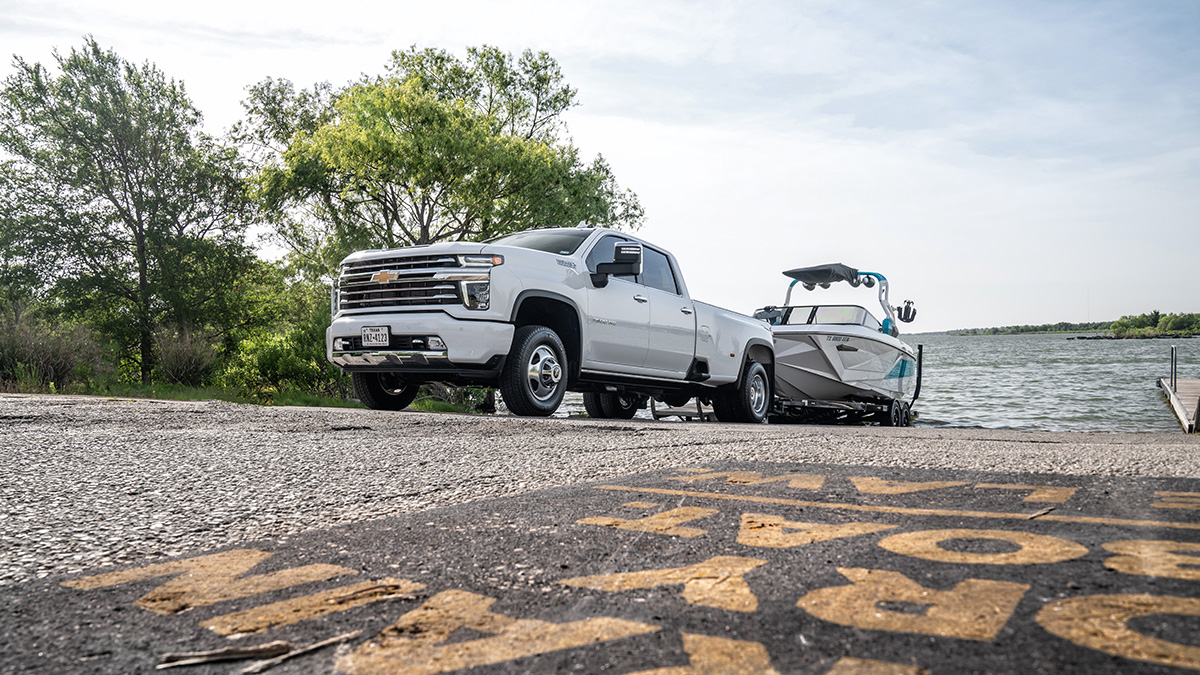
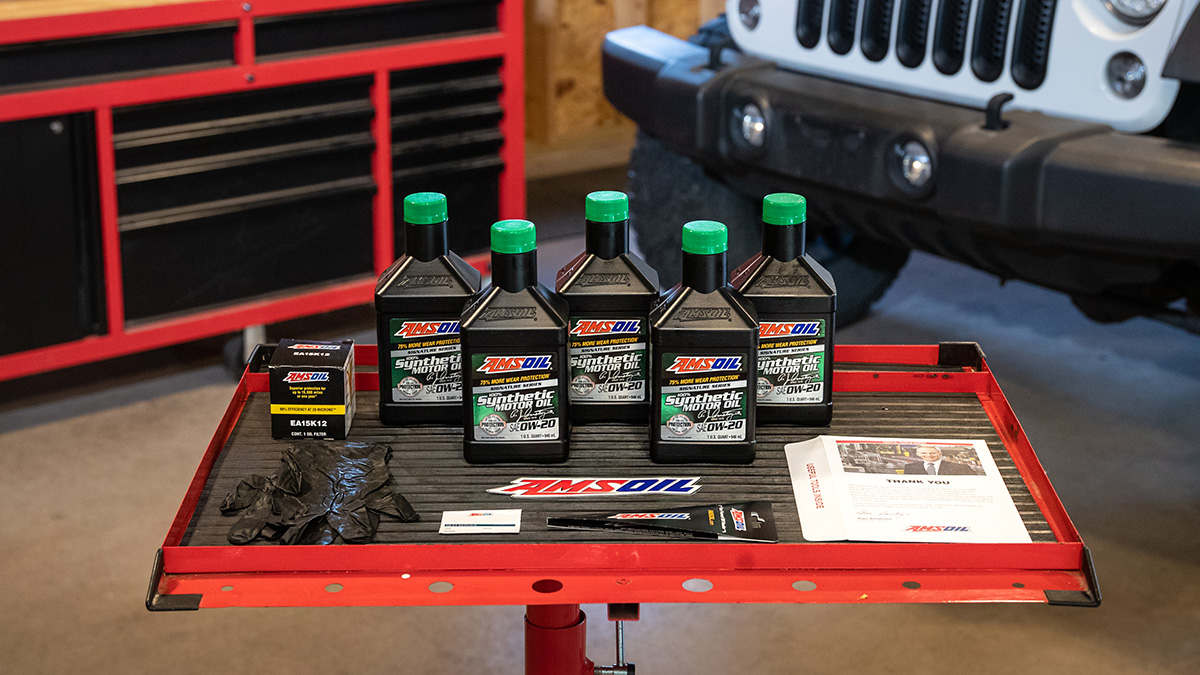
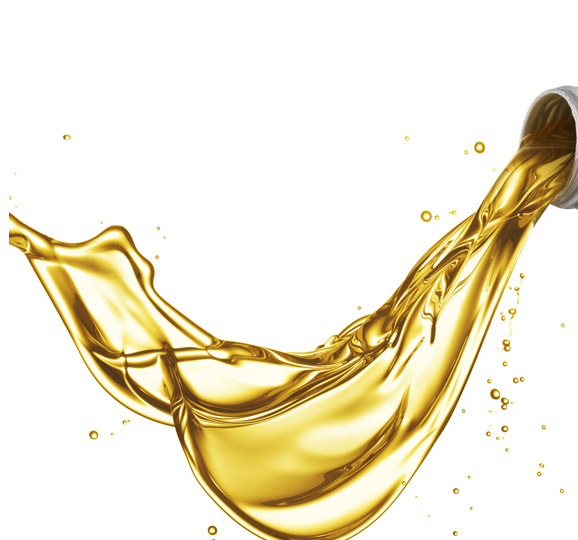
Comments
AMSOIL Technical Writer and 20-year veteran of the motorcycle industry. Enjoys tearing things apart to figure out how they work. If it can’t be repaired, it’s not worth owning.
Share: